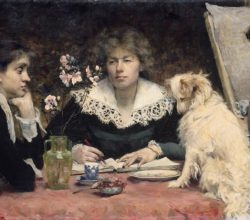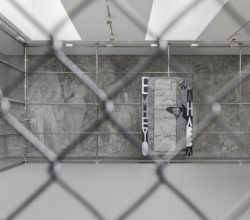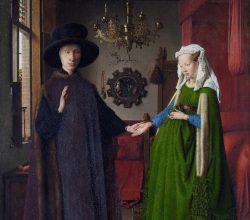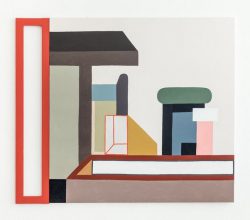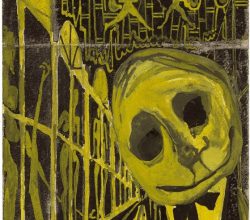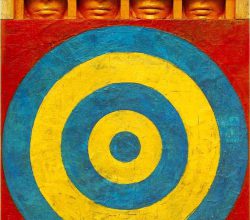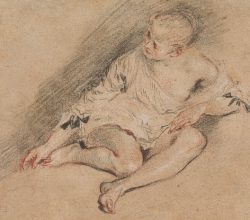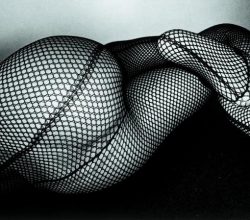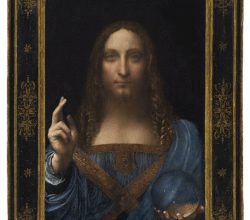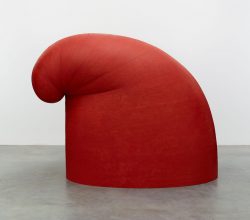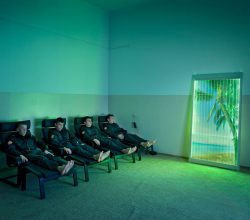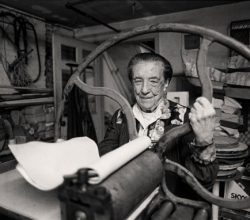
Louise Bourgeois: An Unfolding Portrait
Jill Spalding | Studio International | 11th October 2017
Metal spider sculptures secured Louise Bourgeois’ fame. It seems, though, that for large parts of her career, print making was the focus of her creative process. A survey show of these works on paper will help free her reputation of the “clichés miring her sculpture in rabid feminism.” Because of “their vigour, breadth and intuitive gesture, [they] release Bourgeois from her legend”. A video on the show (31 min) is here.


